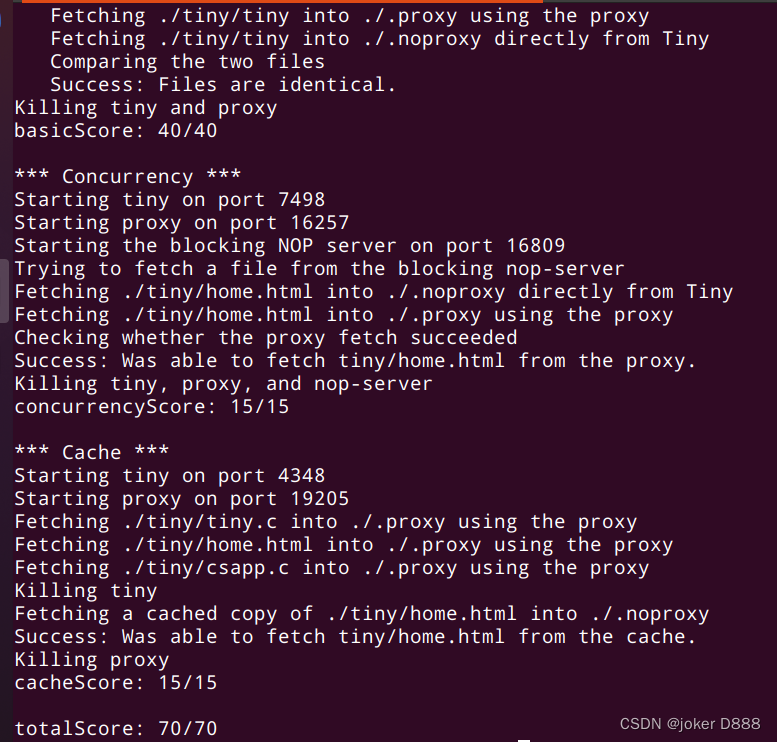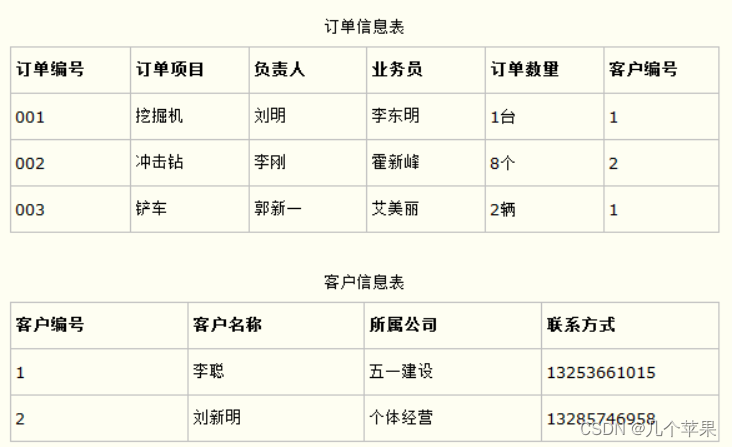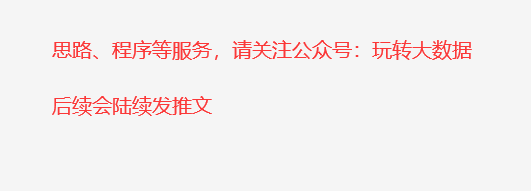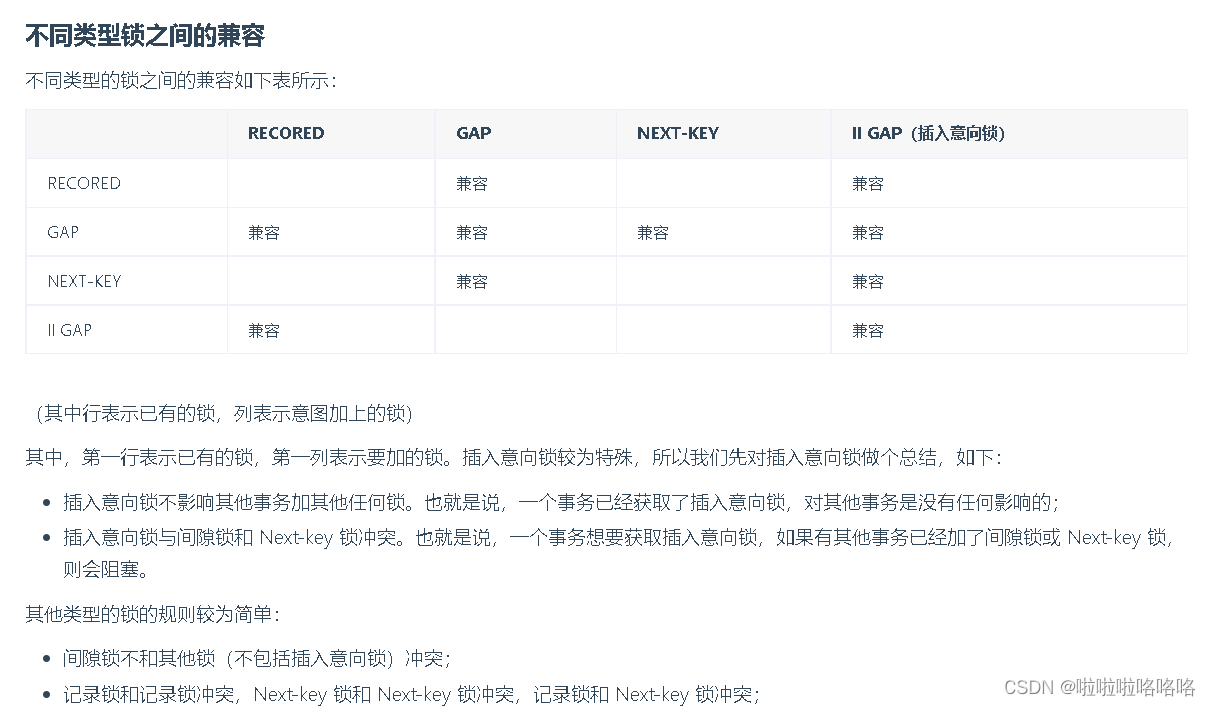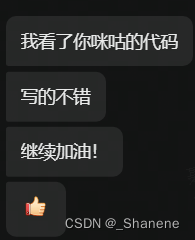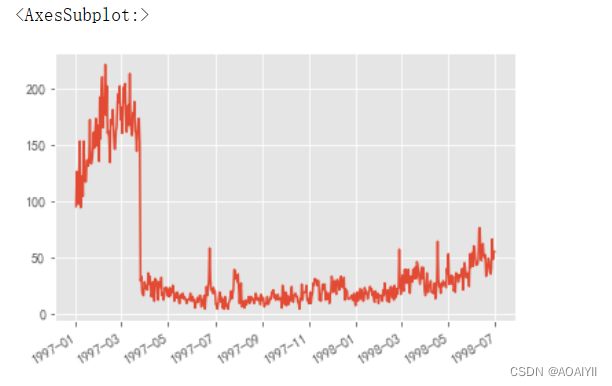1、配置文件
1.1、配置文件类型
properties
yaml
优点:比起xml而言,语法更简洁,更轻量级。非常适合用来做以数据为中心的配置文件
基本语法
- key: value;
:后面要跟一个空格 - 大小写敏感
- 使用缩进表示层级关系
- 缩进不允许使用tab,只允许使用空格
- 缩进的空格数不重要,只要相同层级的元素左对齐即可
#表示注释- 字符串不需要加引号。如果要加,''与""表示字符串内容 会被 不转义/转义
- 如\n,单引号中作为字符串输出,双引号会换行
数据类型
- 字面量:date、boolean、string、number、null
k: v
- map、hash、object
# 写法一
k:
k1: v1
k2: v2
k3: v3
# 写法二
k: {k1: v1,k2: v2,k3: v3}
- array、list、queue、set
# 写法一
k:
- v1
- v2
- v3
# 写法二
K: [v1,v2,v3]
演示
@Data
@ConfigurationProperties(prefix = "person")
@Component
public class Person {
private String userName;
private Boolean boss;
private Date birth;
private Integer age;
private Pet pet;
private String[] interests;
private List<String> animal;
private Map<String, Object> score;
private Set<Double> salarys;
private Map<String, List<Pet>> allPets;
}
@Data
@ConfigurationProperties(prefix = "pet")
@Component
public class Pet {
private String name;
private Double weight;
}
person:
userName: zhangsan
boss: false
birth: 2000/12/12 12:00:00
age: 22
pet:
name: peiqi
weight: 120.0
interests: [唱,跳,rap,篮球]
animal:
- dog
- cat
score:
chinese: 120
math: 130
english: 140
salarys: [3000,4000,5000]
allPets:
sick:
- {name: tom}
- {name: jerry,weight: 43}
health: [{name: zs, height: 189}]
1.2、配置提示
自定义的类和配置文件绑定一般没有提示。在pom中添加下面内容,依赖的作用是属性名提示,插件的作用是优化打包效果,不把依赖引入的类打包,节省空间。
<dependency>
<groupId>org.springframework.boot</groupId>
<artifactId>spring-boot-configuration-processor</artifactId>
<optional>true</optional>
</dependency>
<build>
<plugins>
<plugin>
<groupId>org.springframework.boot</groupId>
<artifactId>spring-boot-maven-plugin</artifactId>
<configuration>
<excludes>
<exclude>
<groupId>org.springframework.boot</groupId>
<artifactId>spring-boot-configuration-processor</artifactId>
</exclude>
</excludes>
</configuration>
</plugin>
</plugins>
</build>
注意:如果配置了configuration-processor后还是,且build project依旧不生效,则可执行mvn clean install -Dmaven.test.skip
2、Web开发
2.1、SpringMVC自动配置概览
springboot为springmvc提供了自动配置,使得大多数场景我们都无需自定义配置。自动配置在spring的默认值之上添加了以下特性:
- 内容协商视图解析器和BeanName视图解析器
- 支持静态资源(包括webjars)
- 自动注册
Converter,GenericConverter,Formatter - 支持
HttpMessageConverters - 自动注册
MessageCodesResolver - 支持静态index.html 页
- 自定义
Favicon - 自动使用
ConfigurableWebBindingInitializer,(DataBinder负责将请求数据绑定到JavaBean上)
如果想要保留springboot mvc定制和创造其他的mvc定制(interceptors, formatters, view controllers),可以使用
@Configuration+WebMvcConfigurer自定义规则。不用@EnableWebMvc注解。WebMvcConfigurer是一个接口。里面的方法都是default的方法,我们通过重写里面的方法来修改mvc的配置。
如果想要
RequestMappingHandlerMapping,RequestMappingHandlerAdapter,和ExceptionHandlerExceptionResolver的自定义实例,可以声明WebMvcRegistrations改变默认底层组件
使用
@EnableWebMvc+@Configuration+DelegatingWebMvcConfiguration全面接管SpringMVC
2.2、简单功能分析
2.2.1、静态资源的访问
![[外链图片转存失败,源站可能有防盗链机制,建议将图片保存下来直接上传(img-SqQTV8CP-1676540606647)(C:\Users\zilvx\AppData\Roaming\Typora\typora-user-images\image-20230216161922947.png)]](https://img-blog.csdnimg.cn/7000070520604d91b91d0d3f7bf25457.png)
只要将静态资源放在图中的任意一个位置上,即可通过当前项目根路径/ + 静态资源名 的方式访问静态资源。
原理:静态映射/**
请求进来,先找Controller看能否处理。处理不了的请求交给静态资源管理器,静态资源管理器也处理不了,返回404页面。
/**表示任意层级的路径,这个原理可以从两个角度理解。
角度一:所有符合要求的静态资源都被处理映射为"/"下的请求;
角度二:静态资源处理器会拦截"/"下的所有的请求。
2.2.2、改变默认的静态资源路径
spring:
mvc:
static-path-pattern: /res/** #是静态资源要访问的真实路径
resources:
static-locations: [classpath:/haha/] #将这些静态资源都放在指定文件夹下面,方便后面的拦截器的操作,拦截器放行固定前缀的静态资源,只拦截动态资源
# 2.6版本以上用这个
web:
resources:
static-locations: classpath:/haha
2.2.3、静态资源访问前缀
默认无前缀
spring:
mvc:
static-path-pattern: /res/**
当前项目 + static-path-pattern + 静态资源名 = 静态资源文件夹下找
2.2.4、webjar
对于webjar依赖中的静态资源,会被映射处理成两种请求路径:/webjars/** ;/static-path-pattern属性值/webjars/**。所以访问webjars中的静态资源时,静态请求前缀可加可不加。
<dependency>
<groupId>org.webjars</groupId>
<artifactId>jquery</artifactId>
<version>3.5.1</version>
</dependency>
访问地址:http://localhost:8080/webjars/jquery/3.5.1/jquery.js 后面地址要按照依赖里面的包路径
2.3、欢迎页
-
静态资源路径下 index.html
- 可以配置静态资源路径
- 不可以配置静态资源的访问前缀。否则导致 index.html不能被默认访问
spring: # mvc: # static-path-pattern: /res/** 这个会导致welcome page功能失效 -
controller能处理/index
2.4、自定义Favicon
favicon.ico 放在静态资源目录下即可。
spring:
# mvc:
# static-path-pattern: /res/** 这个会导致 Favicon 功能失效
2.5、静态资源配置原理
- springboot启动时默认加载xxxAutuConfigation类(自动配置类)
- springmvc功能的自动配置类WebMvcAutuConfigation
@Configuration(proxyBeanMethods = false)
@ConditionalOnWebApplication(type = Type.SERVLET)
@ConditionalOnClass({ Servlet.class, DispatcherServlet.class, WebMvcConfigurer.class })
@ConditionalOnMissingBean(WebMvcConfigurationSupport.class)
@AutoConfigureOrder(Ordered.HIGHEST_PRECEDENCE + 10)
@AutoConfigureAfter({ DispatcherServletAutoConfiguration.class, TaskExecutionAutoConfiguration.class,
ValidationAutoConfiguration.class })
public class WebMvcAutoConfiguration {}
当我们创建xxxConfig类并实现WebMvcConfiger,就会使WebMvcAutoConfiguration配置类失效。
原因:
WebMvcConfiger接口继承了WebMvcConfigurationSupport。
当我们创建了xxxConfig类时,下面的条件配置就不满足了,所以springboot自动帮我们配置好的webMvcAutoConfiguration就会失效。
WebMvcAutoConfiguration类上的@ConditionalOnMissingBean(WebMvcConfigurationSupport.class)
- 给容器中配了什么
@Configuration(proxyBeanMethods = false)
@Import(EnableWebMvcConfiguration.class)
@EnableConfigurationProperties({ WebMvcProperties.class, ResourceProperties.class })
@Order(0)
public static class WebMvcAutoConfigurationAdapter implements WebMvcConfigurer {
// 在这自动配置类中,我们主要看EnableWebMvcConfiguration配置
}
- 配置文件的相关属性和xxx进行了绑定
- WebMvcProperties==spring.mvc
- ResourceProperties==spring.resources
2.5.1、WebMvcAutoConfigurationAdapter类详解
1、只有一个有参构造器
//有参构造器所有参数的值都会从容器中确定
//ResourceProperties resourceProperties;获取和spring.resources绑定的所有的值的对象
//WebMvcProperties mvcProperties 获取和spring.mvc绑定的所有的值的对象
//ListableBeanFactory beanFactory Spring的beanFactory
//HttpMessageConverters 找到所有的HttpMessageConverters
//ResourceHandlerRegistrationCustomizer 找到资源处理器的自定义器。
//DispatcherServletPath
//ServletRegistrationBean 给应用注册Servlet、Filter....
public WebMvcAutoConfigurationAdapter(ResourceProperties resourceProperties, WebMvcProperties mvcProperties,
ListableBeanFactory beanFactory, ObjectProvider<HttpMessageConverters> messageConvertersProvider, ObjectProvider<ResourceHandlerRegistrationCustomizer> resourceHandlerRegistrationCustomizerProvider,
ObjectProvider<DispatcherServletPath> dispatcherServletPath,
ObjectProvider<ServletRegistrationBean<?>> servletRegistrations){
this.resourceProperties = resourceProperties;
this.mvcProperties = mvcProperties;
this.beanFactory = beanFactory;
this.messageConvertersProvider = messageConvertersProvider;
this.resourceHandlerRegistrationCustomizer = resourceHandlerRegistrationCustomizerProvider.getIfAvailable();
this.dispatcherServletPath = dispatcherServletPath;
this.servletRegistrations = servletRegistrations;
}
如果一个配置类只有一个有参构造器,有参构造器中所有参数的值都会默认从容器中找
2.5.2、资源处理的默认规则
@Override
public void addResourceHandlers(ResourceHandlerRegistry registry) {
//控制静态资源的访问是否生效
if (!this.resourceProperties.isAddMappings()) {
logger.debug("Default resource handling disabled");
return;
}
//静态资源存放的时间
Duration cachePeriod = this.resourceProperties.getCache().getPeriod();
CacheControl cacheControl = this.resourceProperties.getCache().getCachecontrol().toHttpCacheControl();
//注册访问webjars的规则
if (!registry.hasMappingForPattern("/webjars/**")) {
customizeResourceHandlerRegistration(registry.addResourceHandler("/webjars/**")
.addResourceLocations("classpath:/META-INF/resources/webjars/")
.setCachePeriod(getSeconds(cachePeriod)).setCacheControl(cacheControl));
}
String staticPathPattern = this.mvcProperties.getStaticPathPattern();
if (!registry.hasMappingForPattern(staticPathPattern)) {
customizeResourceHandlerRegistration(registry.addResourceHandler(staticPathPattern)
.addResourceLocations(getResourceLocations(this.resourceProperties.getStaticLocations()))
.setCachePeriod(getSeconds(cachePeriod)).setCacheControl(cacheControl));
}
}
spring:
# mvc:
# static-path-pattern: /res/**
resources:
add-mappings: false 禁用所有静态资源规则
@ConfigurationProperties(prefix = "spring.resources", ignoreUnknownFields = false)
public class ResourceProperties {
private static final String[] CLASSPATH_RESOURCE_LOCATIONS = { "classpath:/META-INF/resources/",
"classpath:/resources/", "classpath:/static/", "classpath:/public/" };
/**
* Locations of static resources. Defaults to classpath:[/META-INF/resources/,
* /resources/, /static/, /public/].
*/
private String[] staticLocations = CLASSPATH_RESOURCE_LOCATIONS;
欢迎页的处理规则
//HandlerMapping:处理器映射器。保存了每一个Handler能处理哪些请求。
@Bean
public WelcomePageHandlerMapping welcomePageHandlerMapping(ApplicationContext applicationContext, FormattingConversionService mvcConversionService, ResourceUrlProvider mvcResourceUrlProvider) {
WelcomePageHandlerMapping welcomePageHandlerMapping = new WelcomePageHandlerMapping(
new TemplateAvailabilityProviders(applicationContext), applicationContext, getWelcomePage(),
this.mvcProperties.getStaticPathPattern());
welcomePageHandlerMapping.setInterceptors(getInterceptors(mvcConversionService, mvcResourceUrlProvider));
welcomePageHandlerMapping.setCorsConfigurations(getCorsConfigurations());
return welcomePageHandlerMapping;
}
WelcomePageHandlerMapping(TemplateAvailabilityProviders templateAvailabilityProviders,
ApplicationContext applicationContext, Optional<Resource> welcomePage, String staticPathPattern) {
if (welcomePage.isPresent() && "/**".equals(staticPathPattern)) {
// 要用欢迎页功能,必须是/**
logger.info("Adding welcome page: " + welcomePage.get());
setRootViewName("forward:index.html");
} else if (welcomeTemplateExists(templateAvailabilityProviders, applicationContext)) {
// 调用Controller /index
logger.info("Adding welcome page template: index");
setRootViewName("index");
}
}
2.5.3、favicon的处理规则
浏览器会发送 /favicon 请求获取到图标,整个session期间不再获取。由于favicon.ico图标是由浏览器自动发送请求/favicon.ico获取并保存在session域中的。因此,如果我们在配置文件中设置了静态资源访问前缀,那么浏览器发送的/favicon.ico由于不符合访问前缀要求,就会获取不到相对应的图标了(图标也是静态资源的一种)。








